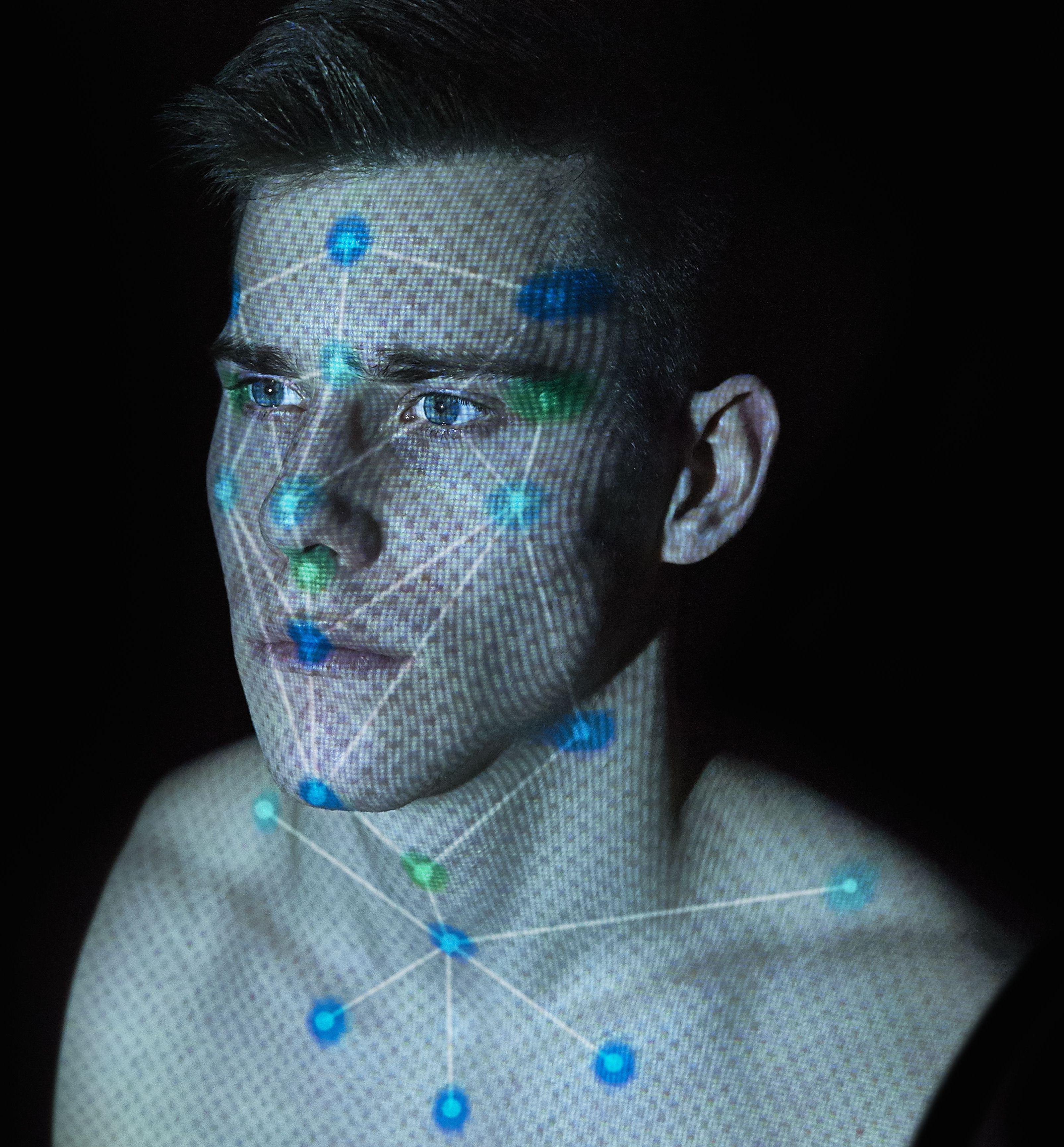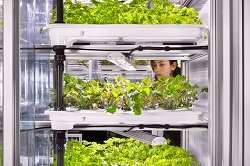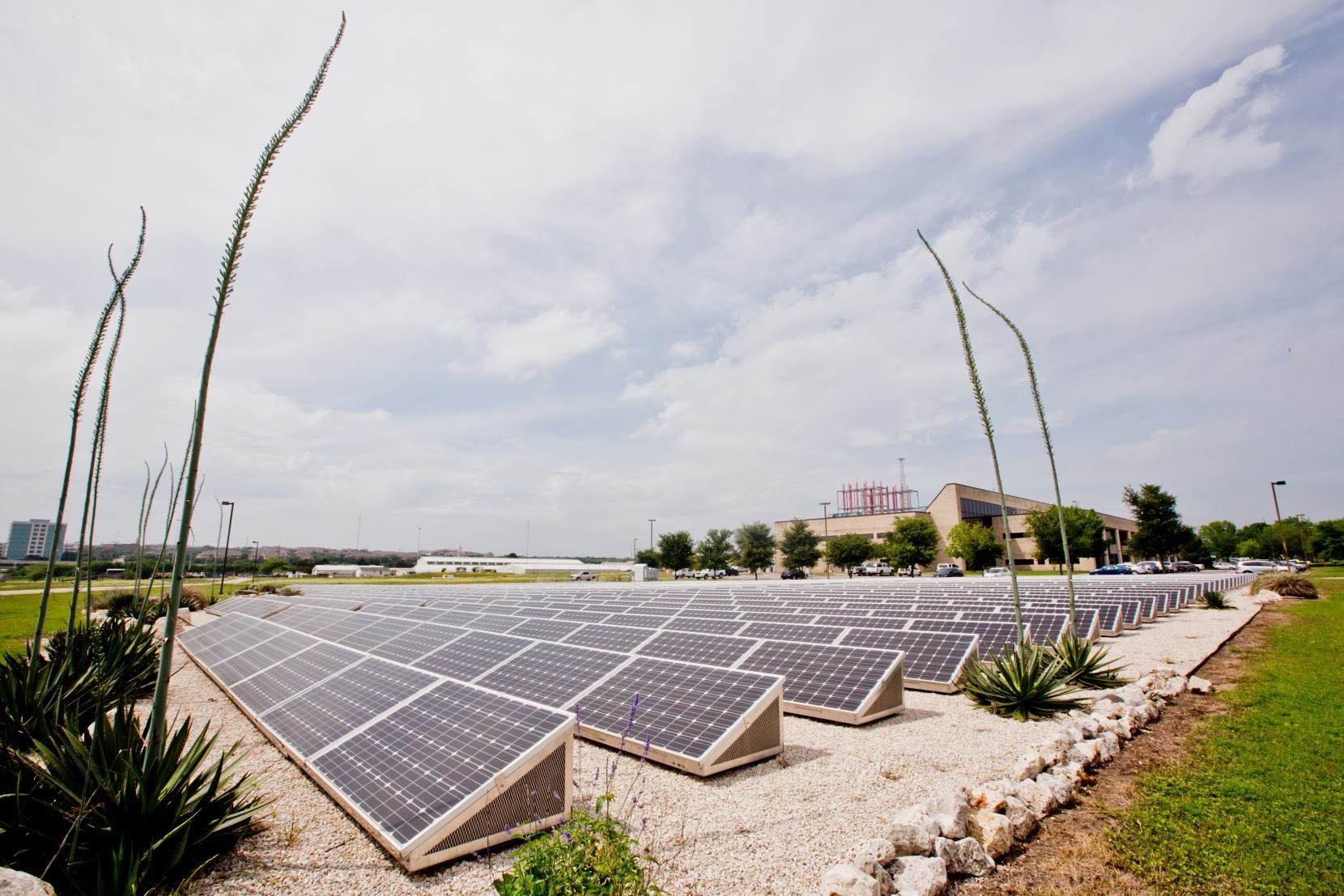Page 9710
May 23, 2018
Bendy Laser Beams Can Examine Human Tissue Like Never Before
Posted by Genevieve Klien in category: biotech/medical

Light-sheet fluorescence microscopy could lead to less intrusive and more effective diagnosis for patients.
- By Jonathan Nylk, The Conversation US on May 23, 2018
May 23, 2018
The Standard Model of particle physics: The absolutely amazing theory of almost everything
Posted by Genevieve Klien in category: particle physics
A particle physicist explains just what this keystone theory includes. After 50 years, it’s the best we’ve got to answer what everything in the universe is made of and how it all holds together.
May 23, 2018
Amazon and Google Are Cultivating Quiet Ties With Police and Military. That’s Becoming a Big Problem
Posted by Genevieve Klien in category: military
Amazon, like Google, is coming under fire from the ACLU for providing sensitive tech to those who might use it to violate people’s rights.
May 23, 2018
SpaceX President Gwynne Shotwell sees satellites as bigger market than rockets
Posted by Klaus Baldauf in categories: business, Elon Musk, satellites
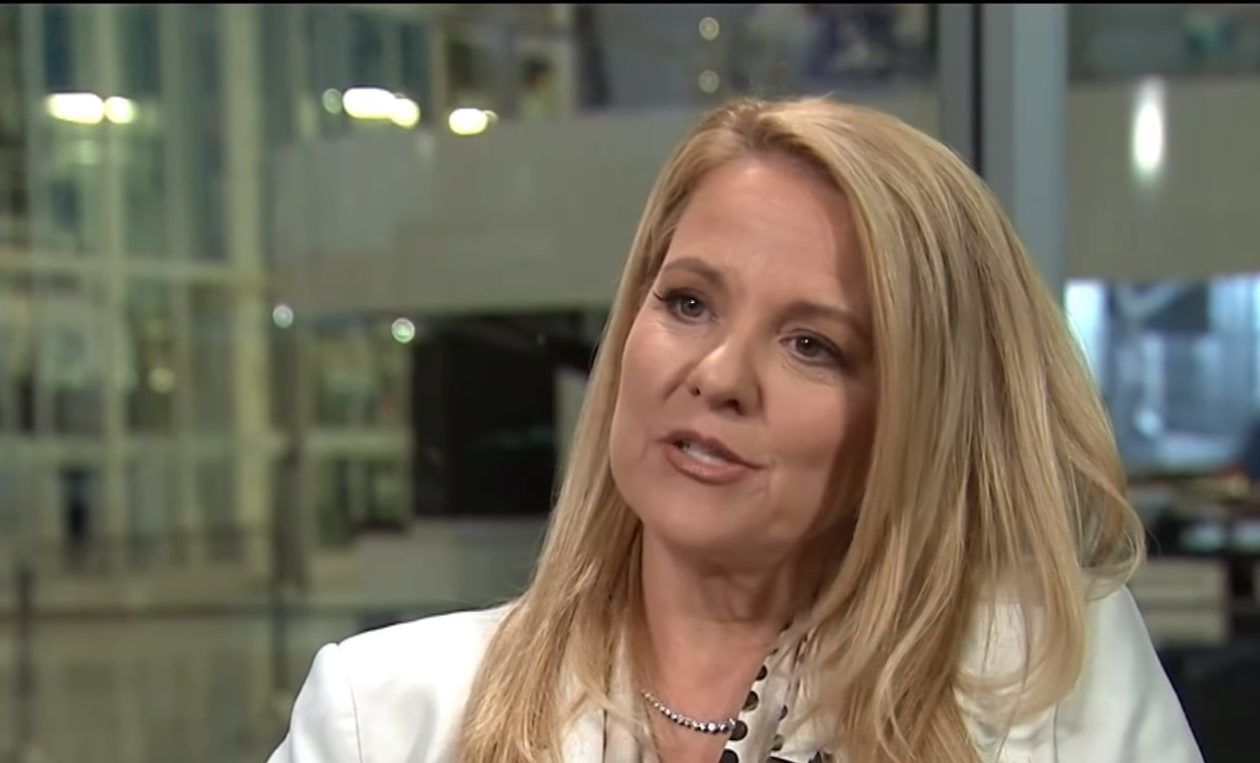
SpaceX is taking a commanding role in the rocket business — but Gwynne Shotwell, the company’s president and chief operating officer, expects the satellite business to be more lucrative.
Shotwell sized up SpaceX’s road ahead in a CNBC interview that aired today in connection with the cable network’s latest Disruptor 50 list. For the second year in a row, the space venture founded by billionaire Elon Musk leads the list.
Continue reading “SpaceX President Gwynne Shotwell sees satellites as bigger market than rockets” »
May 23, 2018
Google and Coursera launch a new machine learning specialization
Posted by Klaus Baldauf in categories: information science, robotics/AI
Over the last few years, Google and Coursera have regularly teamed up to launch a number of online courses for developers and IT pros. Among those was the Machine Learning Crash course, which provides developers with an introduction to machine learning. Now, building on that, the two companies are launching a machine learning specialization on Coursera. This new specialization, which consists of five courses, has an even more practical focus.
The new specialization, called “Machine Learning with TensorFlow on Google Cloud Platform,” has students build real-world machine learning models. It takes them from setting up their environment to learning how to create and sanitize datasets to writing distributed models in TensorFlow, improving the accuracy of those models and tuning them to find the right parameters.
As Google’s Big Data and Machine Learning Tech Lead Lak Lakshmanan told me, his team heard that students and companies really liked the original machine learning course but wanted an option to dig deeper into the material. Students wanted to know not just how to build a basic model but also how to then use it in production in the cloud, for example, or how to build the data pipeline for it and figure out how to tune the parameters to get better results.
Continue reading “Google and Coursera launch a new machine learning specialization” »
May 23, 2018
Bioprinting is the next medical revolution — C2 Montreal
Posted by Klaus Baldauf in categories: bioengineering, bioprinting, biotech/medical
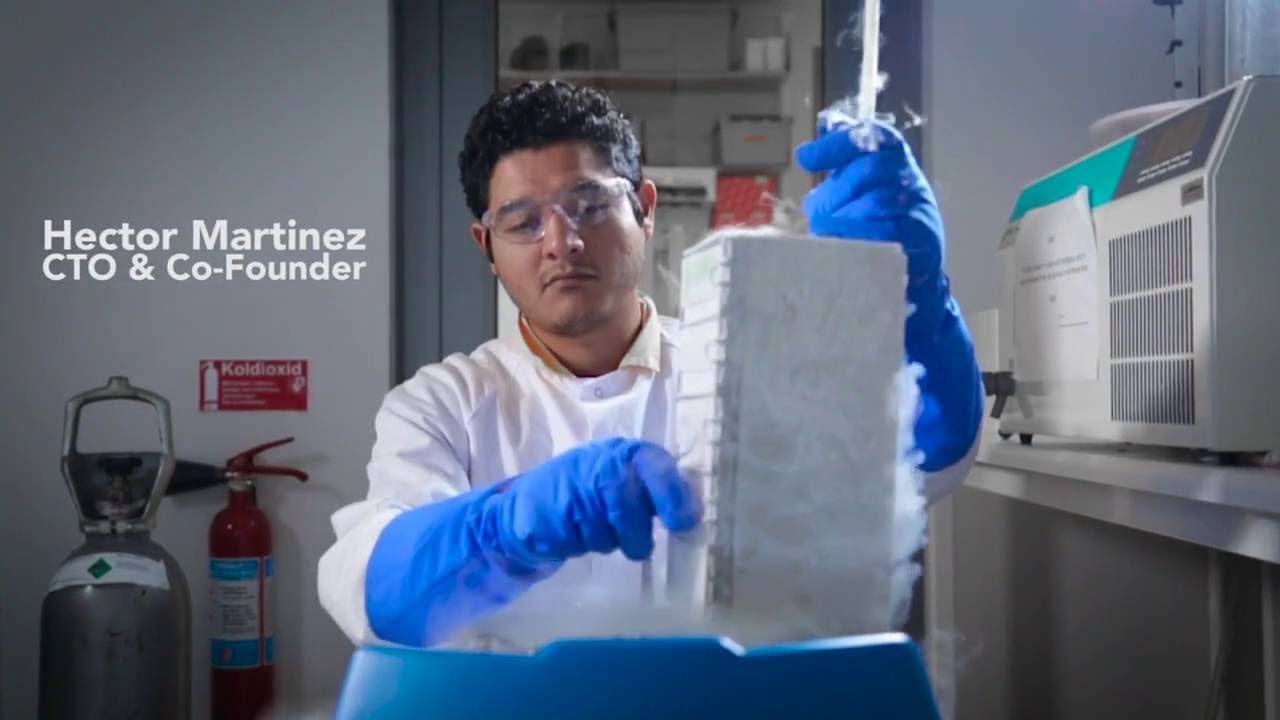
Erik Gatenholm is Co-Founder and CEO here at CELLINK. In 2017, he founded CELLINK to revolutionize the way that we conduct medical research worldwide. He led a workshop at the C2 Montreal conference called “Need a tissue, Bioprinting is the next Medical Revolution”
At C2 Montreal – There was a presentation on bioprinting and Cellink technology. Then there was an activity where people in groups looked at a sample of bioprinted tissue and people worked on exercises of what people thought was possible or preposterous in the future.
Continue reading “Bioprinting is the next medical revolution — C2 Montreal” »
May 23, 2018
The Hallmarks of Aging: Loss of Proteostasis
Posted by Steve Hill in categories: biotech/medical, life extension
Today, as part of our series of articles that cover the Hallmarks of Aging, we are going to take a look at the role of proteins in cellular function and how they play a key role in aging.
Proteins are essential for cellular function
Proteins are large, complex molecules that regulate almost everything in your body, either directly or indirectly. They do the majority of the work in cells and are critical for the function, regulation, and structure of tissues and organs.
Continue reading “The Hallmarks of Aging: Loss of Proteostasis” »
May 23, 2018
Urban food from vertical farming
Posted by Bill Kemp in categories: food, sustainability
Your local supermarket and favourite restaurant could soon be growing their own food, thanks to an EU-funded project that has completely redesigned the food supply chain to develop the concept of in-store farming.
Our busy, modern lives demand that fresh produce be available 365 days a year, even though some varieties may only be seasonal and/or produced on the other side of the world. The result is a food system centred on quantity, low prices and efficiency rather than on quality, sustainability and traceability.
The EU-funded INFARM (The vertical farming revolution, urban Farming as a Service) project reflects a growing desire for highly nutritious locally grown food, which is free of herbicides and pesticides and addresses the lack of accountability in the current food system. “By growing produce directly where people eat and live, we can cut out the lengthy supply chain, significantly reduce food waste, offer nutrient-dense food without any chemical pesticides and improve the environmental ‘foodprint’ of our plants,” says the INFARM’s Chief Technical Officer and co-founder, Guy Galonska.
May 23, 2018
Single-system solar tech cuts clean energy costs in half
Posted by Bill Kemp in categories: engineering, solar power, sustainability
Generating power from the sun isn’t the problem. The technology has been there for decades. Storing that power efficiently, however, has been a challenge.
That’s why the Department of Energy has awarded $3 million to engineering researchers at The University of Texas at Austin to overcome the Achilles’ heel of the solar power story since Day One: how to store its energy.
To date, most major solar energy systems are bulky and expensive, with inefficient storage capacity. Energy coming from existing solar power systems must be housed in storage systems outside of the generators that create the power. In other words, two separate systems are required to ensure successful operation.


